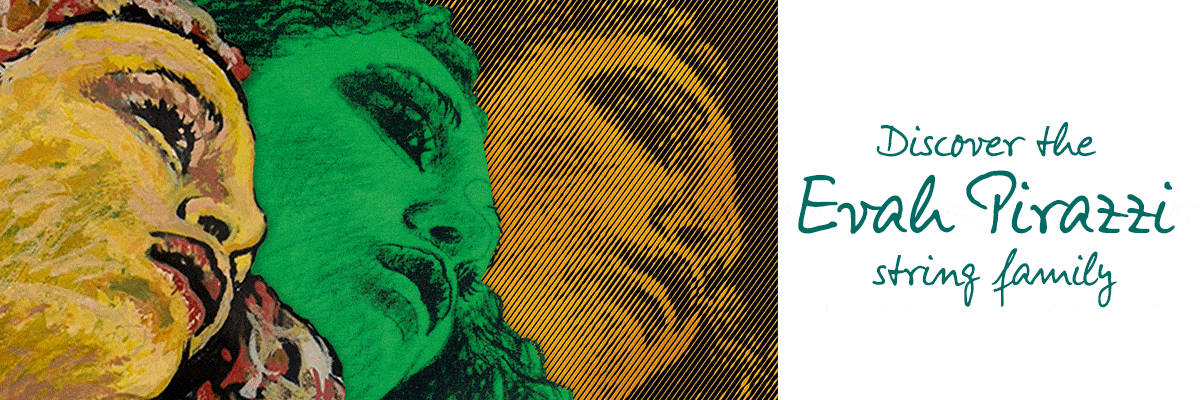
Chamber Music Concerts
March 26, 2011 at 2:18 AM
I'm both excited and a little scared. In the next two months, I'll be performing in two chamber music concerts. These concerts are different than the other venues that I've performed chamber music before in that they are exclusively chamber music concerts. Not "background music", not "pre-concert music", nor a sort of interlude for a different event. but honest to goodness chamber music concerts.
The first concert is on April 3rd at one of the larger churches in Houston as part of their "Christ in the Arts" performance series. We will be playing Mozart's Oboe Quartet. It is the same one that I played in pre-concert a few months ago, and with the same group except for the violinist. I have been working hard at mastering my 16th note runs in the Rhondo movement so that they sound clear, crisp and precise without feeling rushed. With my new bow (Albert), these measures are much easier to execute than the last time I performed this piece.
The second concert is a part of the River Oaks Chamber Orchestra's "Pro-am" program in the middle of May. For this concert, I will be playing three pieces: the Andante movement from Schubert's Death and the Maiden, Beethoven's Op 87 (originally for oboe and english horn), and Michael Kimber's "Reflection" for 3 violas. The Schubert is challenging in a multitude of ways, most noticeably the 3-on-2-on-4 rhythm + melody section near the end. The Beethoven has some syncopated sections that are all to easy to let drag and the Kimber is an exercise in perfect group intonation.
Challenges and all, I'm having the time of my life, musically and personally.
This entry has been archived and is no longer accepting comments.
Violinist.com is made possible by...
Dimitri Musafia, Master Maker of Violin and Viola Cases
Johnson String Instrument/Carriage House Violins
Subscribe
Laurie's Books
Discover the best of Violinist.com in these collections of editor Laurie Niles' exclusive interviews.

Violinist.com Interviews Volume 1, with introduction by Hilary Hahn

Violinist.com Interviews Volume 2, with introduction by Rachel Barton Pine






